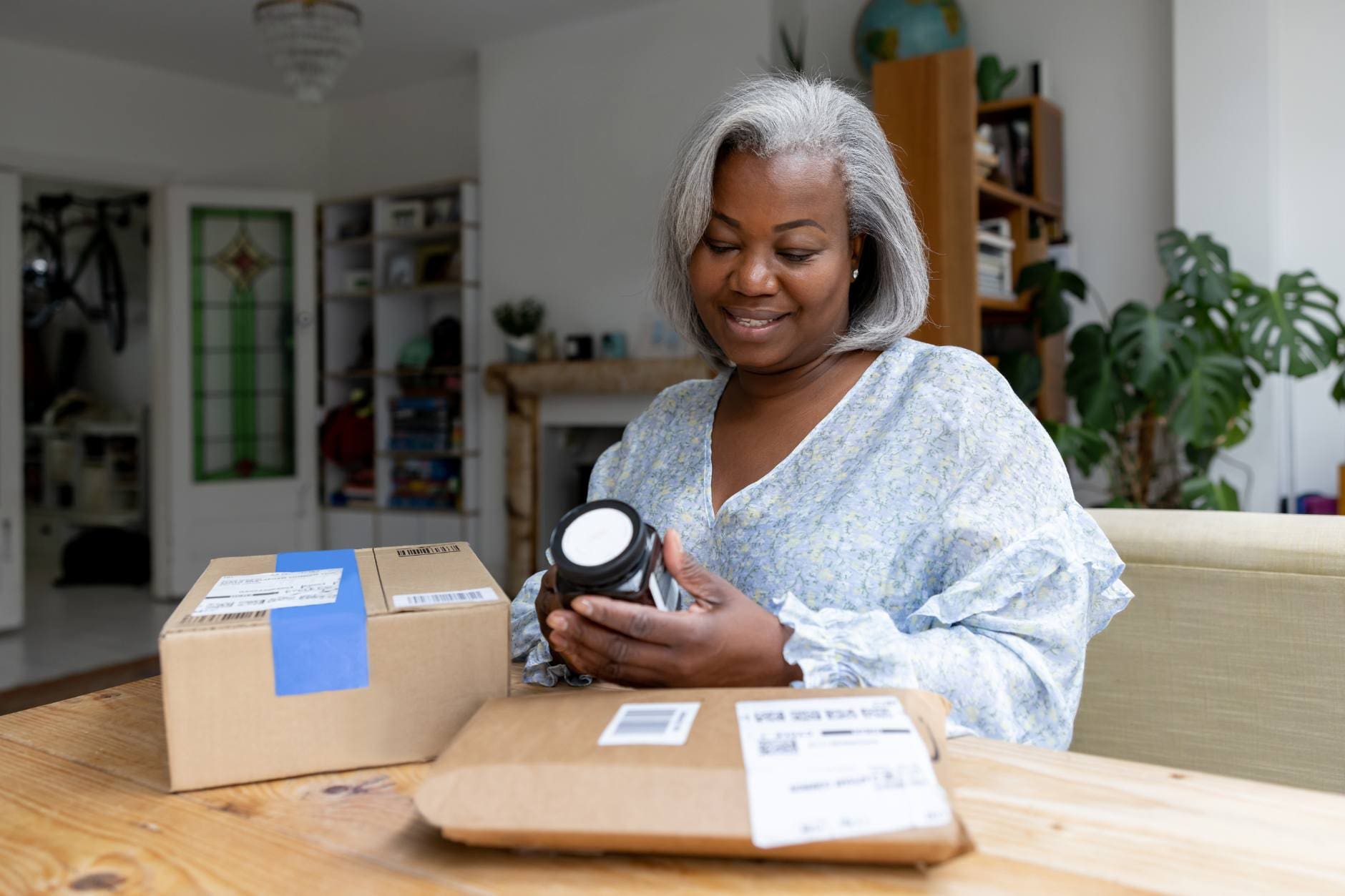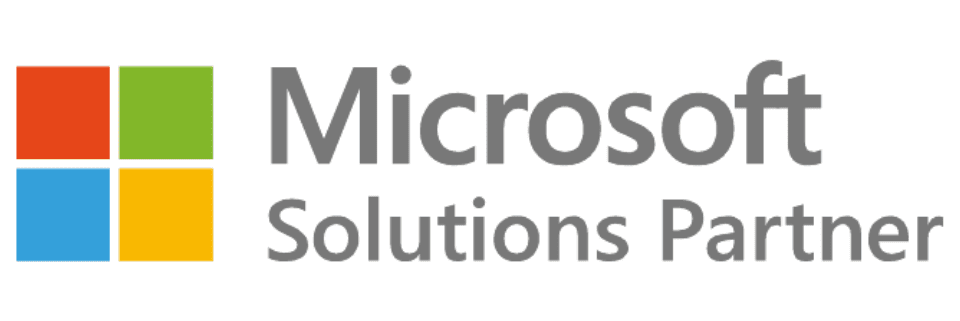The Economic Impact of Subscription Models in Pharmacies
In response to financial challenges such as rising costs, unpredictable revenue, reimbursement issues, competition, and regulatory complexities, pharmacies are increasingly adopting subscription models. This strategic shift from traditional prescription-based transactions to recurring service offerings transforms customer engagement and unlocks significant economic benefits.
Subscription models provide a reliable revenue stream, enhance customer loyalty through personalized care, and improve communication, leading to better treatment adherence. Additionally, they optimize operations by streamlining inventory management and supply chain logistics.
Success stories from CVS and GoodRx illustrate the substantial growth and stability these models can offer, making them a crucial innovation for the evolving pharmaceutical landscape.

In the ever-evolving landscape of the pharmaceutical industry, pharmacies are embracing innovative business models to drive revenue growth, foster customer loyalty, and optimize operational efficiency. One such transformative approach gaining momentum is the integration of subscription models—a strategic shift from traditional prescription-based transactions to recurring service offerings. This paradigm shift not only revolutionizes how pharmacies engage with their customers but also unlocks a multitude of economic benefits that ripple across the entire healthcare ecosystem.
As things currently are, what are the biggest financial challenges that retail pharmacies face?
The Financial Hurdles Retail Pharmacies Face
Anyone involved with a retail pharmacy knows it’s not easy to stay competitive. Some challenges can threaten your economic stability, as well as your growth and profitability.
Do any of these sound familiar?
Increasing costs of medicine and supplies: Costs have been escalating especially since the beginning of the pandemic. These costs are caused by fluctuations in drug prices, bigger demand for niche and trending medications, and disruptions in the supply chain. All these strain your budgets and kill your profit margins.
One-off purchases: Much of the revenue that comes from selling medication (and supporting supplies) isn’t reliable because although there are prescriptions that are ongoing, many prescriptions aren’t. They’re one-off, which means financial projections are difficult because they aren’t predictable.
Reimbursement problems: Chasing late payments from customers, third-party payers, government agencies, and insurance companies, can be a time-consuming (and never-ending) nightmare for retail pharmacies. It’s less money in your account, but it’s also a hurdle to you paying your suppliers on time. You might be forced to find money or cut back on operations just to stay afloat.
Competition: Larger online pharmacies and retail giants have better brand recognition and reach, as well as crucial leverage in negotiating drug prices. They also have the money to offer better pricing and options like direct-to-door delivery.
Regulatory Compliance: Retail pharmacies have to operate in complex regulatory framework, and there’s no room for error. Ensuring you follow compliance requirements, and quality standards is expensive and time-consuming. On top, you have to keep your licenses current and protect customer data. And if you fall out of compliance, you have to pay expensive fines.
All of these are a lot to handle.
Which is why retail pharmacies need to find solutions to these problems, and revenue streams. So what possibilities are out there to turn things around?
The good news is that there is one solution that can consolidate everything: the subscription model.
The Subscription Model in Retail Pharmacy
Over the last few years, some retail pharmacies have given the subscription model a chance.
It’s no wonder because it offers customers a healthcare experience that’s reliable, personal, and convenient.
The subscription model can look different in how it’s used. A pharmacy subscription could involve patients signing up for anything from weekly or monthly medication deliveries to supplementary or preventative wellness packages, and education and management programs that are tailored to individual needs.
Let’s have a look at some of the benefits that subscriptions can bring – to both the customer and the retail pharmacy.
- A new, more reliable revenue stream
Subscriptions generate a revenue stream way beyond any one-time medication purchases.
And subscriptions don’t have to just be tied to the medications themselves. Any products or services that a retail pharmacy offers can be available on subscription as well, so you’re not just tied to the medication needs of customers.
Subscription plans for medications, wellness products, or personalized health services, will secure a predictable, stable income flow.
They also boost customer lifetime value, because they continually address multiple health needs of customers in a reliable way.
That’s long-term value for everyone involved.
- Boosted customer loyalty and engagement
Close, long-term relationships with customers is the dream.
And a subscription-based approach gives the perfect opportunity to build a strong relationship with trust, reliability, and convenience with each customer by using personalization to tailor the experience.
Personalization helps your retail pharmacy meet your customers’ individual needs, behavior, lifestyle, and preferences. Specifically, they enable:
- Customised medication management that’s based on treatment goals, complications, health conditions. Medication schedules provide clear dosage instructions and tracking, and reminders so that it’s easier for customers to adhere to their treatment.
- Evolving wellness program that meets their treatment and preventative needs. It can target specific health concerns, lifestyle, and circumstances, bringing in nutrition plans, fitness recommendations, and personal consultations.
- Individual services (on top of the products) can be delivered, including chronic disease/challenge monitoring and management, inoculation schedules, and therapy management.
- Targeted health education will empower customers to understand why the treatment is what it is, and where they’re heading. This can include anything from apps, to classes, consultations, leaflets, videos, and other resources.
- Better customer communication
Retail pharmacies need communication with customers (as well as doctors and other healthcare providers) to be absolutely clear. When it comes to health, there’s no room for error.
Things like relevant health updates, relevant promotional offers, personal messages, and reminders about the services available empower customers to know more about their health journey, what’s available and what should be done.
The more they know, the more they will comply with what they need to do. And when they know they can trust you, why would they go anywhere else?
- Cut costs and optimize operations
Subscription models give the retail pharmacy a much better idea of their pharmaceutical needs, which gives more leverage for price negotiation, cuts waste, and boosts the advantage in prepping for upcoming shortages.
They can also give massive cost savings by streamlining inventory management, optimizing any supply chain logistics (even with multiple suppliers) and drastically cutting repetitive admin.
Subscriptions also give information about customer behavior and needs that can help more accurately forecast future demand. That helps cut waste too. And those savings can be passed on to customers.
While there are plenty of benefits, there’s no doubt there’s a lot of work involved. So how does a subscription model not further drain your resources?
One solution for the subscription end-to-end
The answer is remarkably simple – by not doing the lion’s share of the work yourself.
Bringing in the right software solution will handle the process for you, freeing up your time and people to focus on higher value activities.
What does it do?
Streamlines your operations and cut costs
Subscription management software handles these tasks with ease:
- Creating flexible pricing models and tiers to maximize customer attraction and meet needs. These have the ability to change once conditions change, and get as specific as possible, down to individualised circumstances.
- Identifying and creating add-on and cross-selling opportunities that compliment your customers’ care needs.
- Ensuring that all contract term information flows freely between procurement, sales, marketing and invoicing departments.
- Correct invoicing and streamlined payment processes thanks to automated billing cycles, payment reminders, customizable billing schedules, and hassle-free payment transactions that meet customer preferences.
- Reconciliation of payments back to the books, boosting compliance.
- Real-time financial analysis and reporting which enable the best strategies and decisions for future-focused growth.
- Optimized inventory levels thanks to real-time monitoring. Optional integration with suppliers helps keep accurate stock levels in check. Analysis creates reliable forecast demand patterns. The cuts the incidence of stockouts and excess inventory costs.
Boost customer loyalty and lifetime value (CLV)
A subscription management solutions’ solid personalization experience involves:
- Facilitating tailored medication management by coordinating information flow from healthcare providers
- Delivering targeted health education that helps with adherence rates and improves the health of your customers.
- Suggestions for complementary care, lifestyle products, etc.
- Suggestions for not only treatment, but preventative care.
- Personalized targeted marketing, tailored promotions, and interpersonal communication with customers.
Boost revenue and compliance
You can get a comprehensive approach that:
- Drives recurring sales and reduces customer churn thanks to accurate and holistic personalized experiences (as well as loyalty schemes) that keep them on board.
- Identifies and offers customers add-ons, further driving satisfaction and revenue.
- Data protection that protects your customers’ sensitive information.
- Financial compliance including accurate records, constant redness for audits, tracking regulatory changes.
- Cut risk and avoids expensive fines, lawsuits and reputational damage.
- Streamlined supply procurement (including leveraging real-time data for price negotiation) and optimized inventory management.
- The reliable revenue stream beyond the one-off purchase leading to better financial predictability.
- Instant scalability no matter how fast your customer base grows.
It’s all automated. That’s a lot more free time for you. No more struggling to keep up. No more subscriptions or invoices falling through the cracks.

It can all be yours
The retail pharmacy landscape keeps evolving and your competitors know this.
That’s why it’s so important to not only adapt, but take advantage of everything you can gain by changing. The great news is that subscriptions, which help bring in more stable revenue for you and boost your customer loyalty, isn’t a drain on your time and resources.
In fact, with the right software, it frees it up.
Take this opportunity to innovate. Differentiate your brand and please your customers.
It all starts with a 15-20 minute chat to tell us about your circumstances and what you want the future of your retail pharmacy to look like.
Case Study: CVS Pharmacy’s Success with Subscription Loyalty Programs
In 2019, CVS added a subscription program called ExtraCare Plus to its existing ExtraCare loyalty scheme.
Both have helped the retail pharmacy meet their customers’ needs in a far more personalized manner.
Here’s the current difference between the two:
ExtraCare
- Discounted prices
- Tailored deals offered through email, text, and app notifications
- 2% given back in the form of CVS store credit.
- $3 birthday reward + $50 in regular rewards
- Credits for filling prescriptions, getting vaccinations, adding pets to the plan, and joining the prescription management scheme.
ExtraCare Plus
- Free shipping
- Free same-day delivery of prescriptions and other CVS products over $10
- 20% discount for CVS own-brand
- $10/month bonus reward
- Pharmacy helpline 24/7
- + all ExtraCare perks
Both ExtraCare and ExtraCare Plus offer a fully personalized customer experience from the time they register. They are free to upgrade to the ExtraCare subscription whenever they want for $5/month or $48/annually.
Throughout the schemes, customers receive large cumulative discounts, text updates before deliveries, recommendations, automated prescription refills, and desired substitutions.
Thanks to the streamlining of these tiers, memberships are easy to understand and navigate, which is essential in healthcare.
The scheme is extremely popular. They now have an incredible 80 million members from 1 out of every four households in the US.
Those are the types of numbers that speak to the need for retail pharmacy subscriptions.

Case Study: Good Rx Builds an App for Subscription Discounts
The retail prescription discount company Good Rx offers both a free model (which provides a database price comparison search) and free coupons for prescription medicines.
But the subscription Good Rx Gold model offers a lot more.
For $9.99/month or $89 annually ($19.99/$179.99 for the family plan), customers are entitled to these benefits:
- Up to 90% prescription price savings
- Track and manage prescriptions
- Free home delivery
- Dedicated support team
- Rewards program
- Additional members
- Pet prescription discounts
- Good RX Care telehealth visits from only $19
According to their website, Good Rx saves individual plan members an average of $3,961 annually, and families an average of $5,177.
The subscriptions are extremely popular. having grown from 1 million subscribers in 2021 to over 25 million by the end of 2023.
They’ve partnered with other businesses as well- for example, large retailers like grocers Publix and Kroger have offered the scheme across their pharmacy locations.
According to their financial report for 2023, Good Rx has earned $760.3M adjusted revenue, with a 28.6% adjusted EBITDA margin of $217.4 million and $138.3 million net cash.
No bad for a discount pharmacy app.
More Bluefort insights...
Ready to boost your pharmacy's revenue and customer loyalty with subscription models? Discover how we can transform your retail pharmacy business today.
Schedule a free, no-obligation discovery call today!


